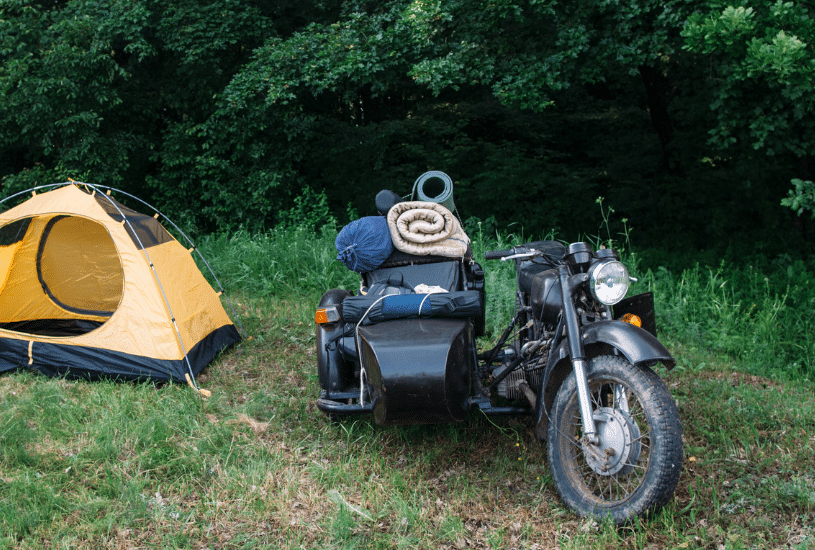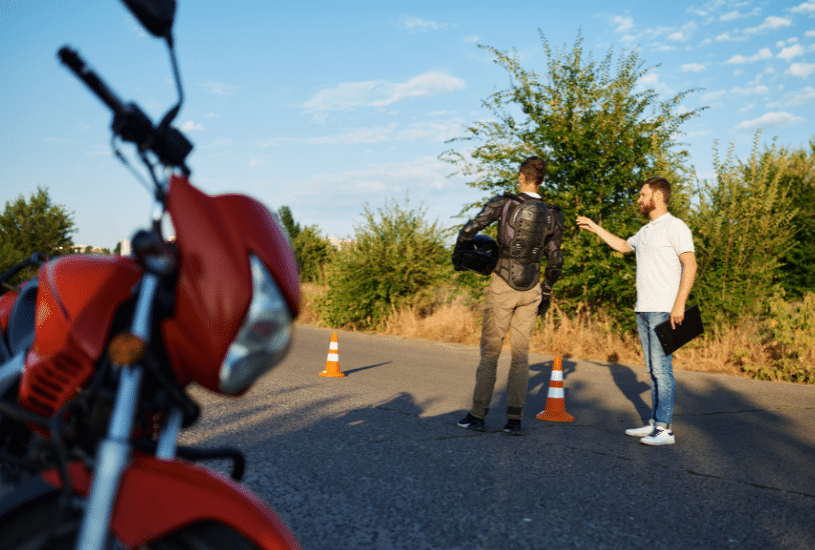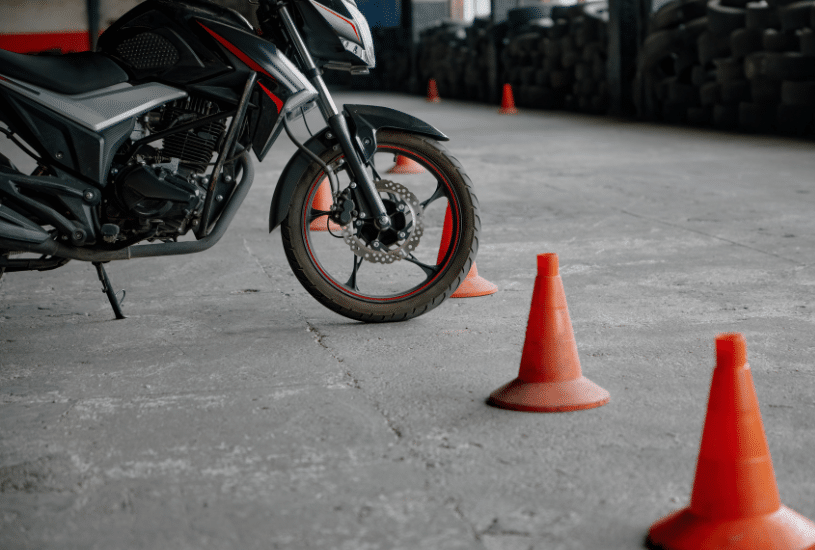Winter is officially upon us. For some, that means the bikes go to rest in a garage only to be unwrapped when temps climb back above 70 degrees. For us die-hards, we’ll just keep riding. While we applaud the desire to keep riding, we want to make sure we’re aware of the physical changes taking place in three key forms: the road surface, the motorcycle tires, and the rider. Ultimately as motorcyclists (aka TRACTION MANAGERS), it is up to us to understand how our available traction has changed.
The Road Surface
We encounter various surfaces when riding. In Arizona, asphalt is a primary surface type. Asphalt is an interesting viscoelastic material. It contracts and expands as temperatures slide from the cold end of the Fahrenheit scale to the hotter end. Colder temperatures means the road surface contracts which means smaller nooks and crannies for our tires to dig into on the surface. The decrease in surface area means less overall traction; effectively, the coefficient of friction has lessened.
Motorcycle Tires
At the top of our T-CLOCS list is TIRES. We’ve stressed this before and will stress it again: tires are crucial to our success as traction managers. When Winter hits in Arizona, we can experience temperature changes of up to sixty degrees in a single 24 hour period. These drastic changes in temperature can cause tire pressure to change. It is up to us to make sure we have the appropriate tire pressure before heading out to ride.
What is the correct tire pressure? We recommend starting with the motorcycle manufacturer’s recommended tire pressure (not what is on the side of the tire!). From there we would play around with different tire pressure levels to determine what gives us the best feel and greatest amount of traction. We’ll want to consider staying within 20% of recommended manufacturer levels.
Tires are manufactured to operate within a very wide range of temperatures. However, they perform at an optimum level within a much smaller temperature range. The tire’s ability to provide traction is probably less because they are unable to warm up enough to reach that optimum operating range. At the very least, it may take an extended period of time for tires to reach the optimum operating range. Short rides may mean the tire temps never gets to an appropriate level.
Motorcycle Rider
The cold can negatively affect a rider as the body is fighting heat loss and increased heat production. The heart is under more load to help warm the body. Vasoconstriction where the blood flow to muscles or the outer parts of the body is reduced takes place. For a rider, that means fine motor control of our hands and feet can be drastically reduced. Not a good thing especially if we need to perform a hazard avoidance maneuver.
Also, diminished consciousness can result from a small three (3) degree drop in internal body temperature. Tough to make good decisions when we’re not thinking properly.
The Traction Equation
Do we have enough traction to be riding in the cold safely? Important to note here that we still have 100% traction available; what has changed is the amount of the traction available.
Imagine two pizza pies; one an extra large 22″ in size, and the other a small 12″ in size. We can eat 100% of either pie, we’d have less pie to eat with the 12″ versus the 22″. When we ride in the cold, it is like we have a 12″ pie versus a 22″ pie.
So how big a pie do we get when temperatures drop? The amount of overall traction we have available is up to us to determine as traction managers. No matter how we eat up the pie with driving force, side force, or braking force, it is up to us to keep some of the pie in reserve at all times.
With the knowledge of these three very important cold weather factors affecting our traction, we can make better decisions about riding in the cold. A wise rider would choose to increase their safety margin, reduce their lean angle, wear warm riding gear, and reduce their cornering speeds as a matter to increase their safety.
Have you had your tires slip unexpectedly on a cold day? We’d love to read about it on the TEAM Arizona Facebook page; why don’t you tell us about it?
For more information on riding safely in all types of weather, visit www.motorcycletraining.com.
About the author:Bill Seltzer has been a Motorcycle Safety Foundation RiderCoach since 2003 and a Total Control Advanced Riding Instructor since 2011. He currently serves as the Marketing Director for TEAM Arizona and is a member of the Arizona Strategic Highway Safety Planning committee. Have questions or comments about the article? Email him: Bill@MotorcycleTraining.com or visit www.motorcycletraining.com.



